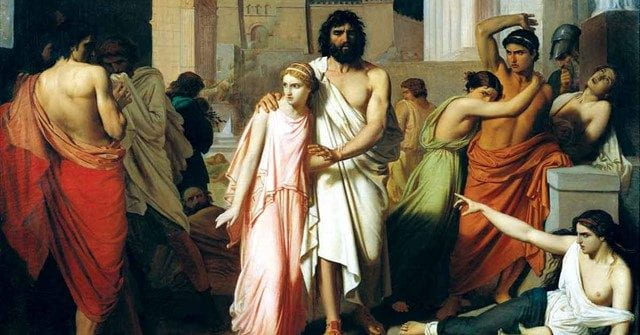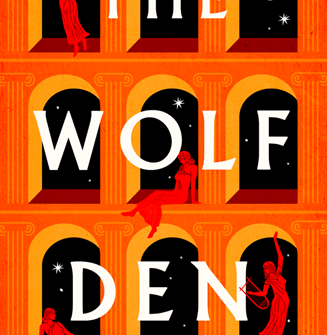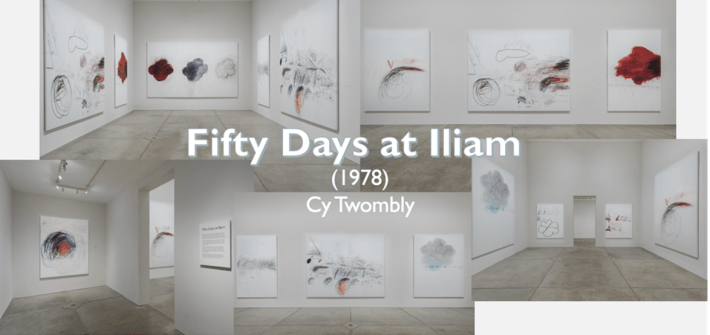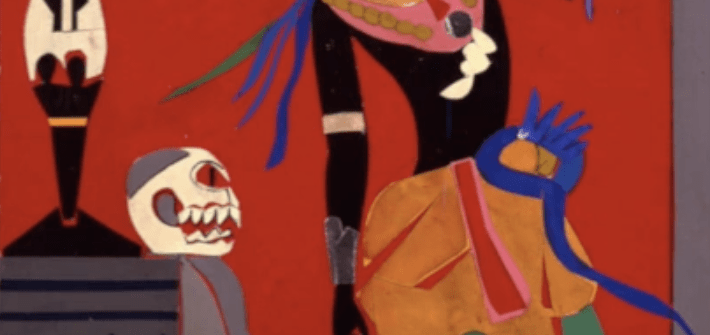A Case Study in How the Plague Plagues Cities:
Sickness in Oedipus Rex and The Gods Are Not To Blame
By Lily Nesvold
Many are familiar with Sophocles’s Oedipus Rex; however, fewer know its modern adaptation, Ola Rotimi’s The Gods Are Not To Blame. Published in 1971, the novel is set in the Yoruba kingdom and tells the story of Odewale, king of Kutuje, in three acts, much like the original Sophoclean play. Oedipus Rex and The Gods Are Not To Blame portray how illness plagues the respective cities of Thebes and Kutuje. Additionally, the action in these stories…









